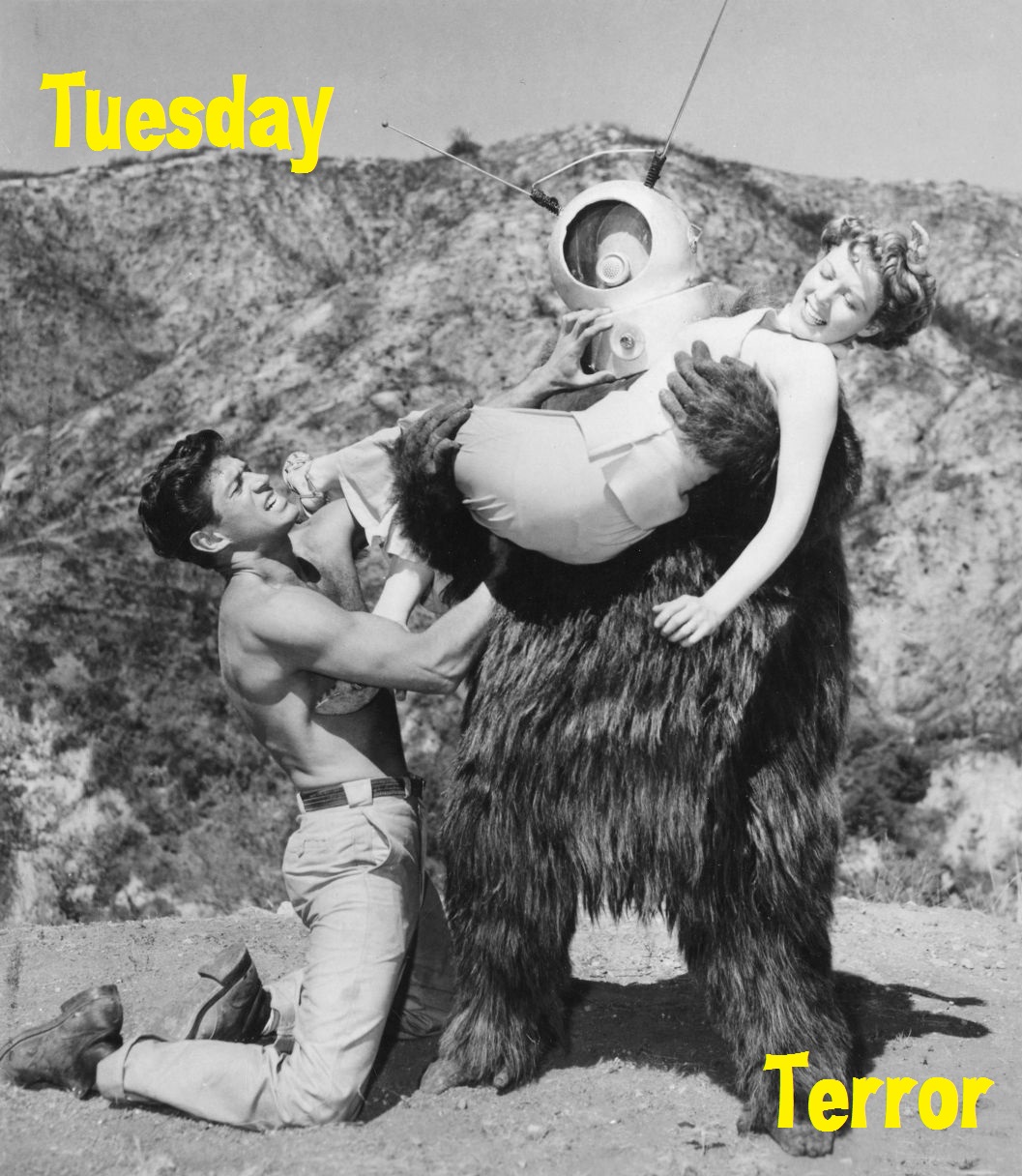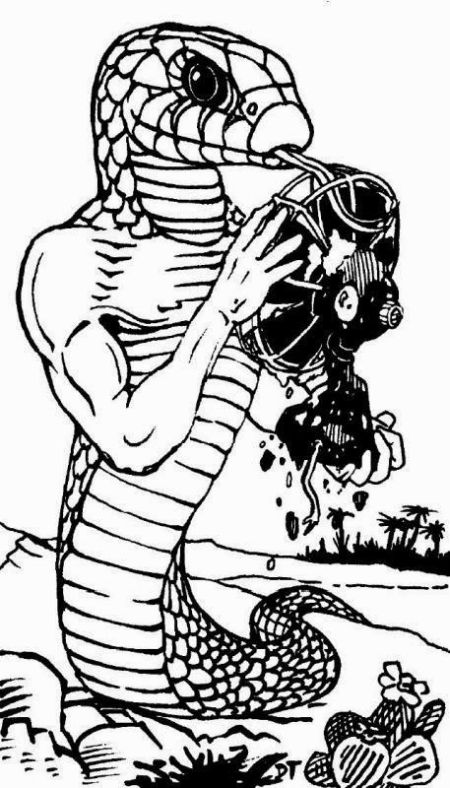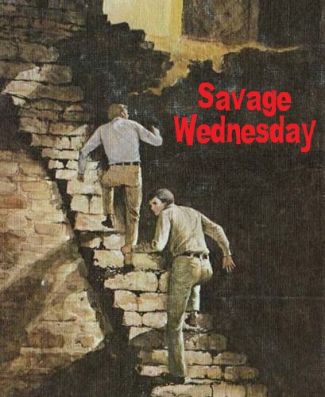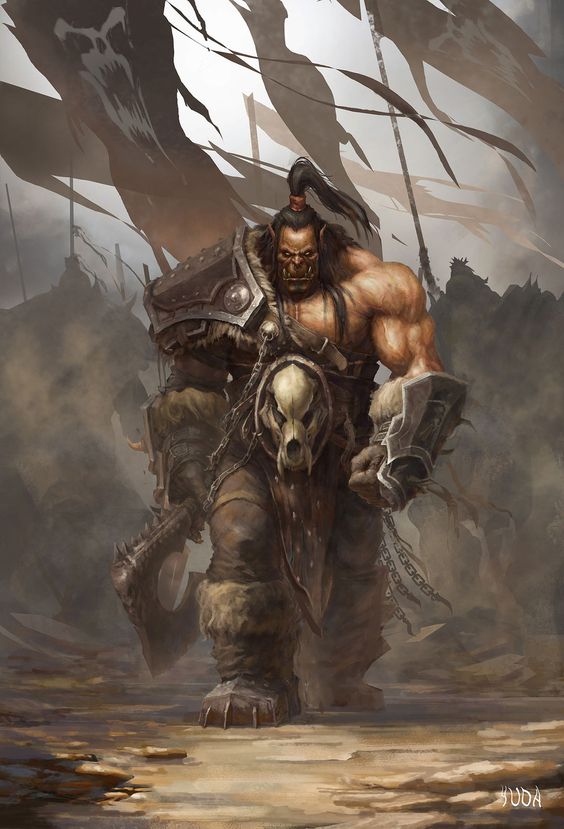ThursdAD&D: Prog Rock Magic
In late 1972, legendary British rock band Uriah Heep released The Magician’s Birthday, a somewhat chaotic story of sorts about magic, love, hate, and hope. The title track is a 10-minute long prog rock ballad about how the Magician’s birthday party is interrupted by the forces of evil, which the Magician defeats in contest of spell versus counterspell.
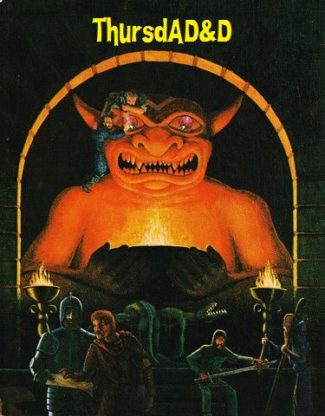
Epic.
“First I’ll give you fire!” / “I turn your fire into a sleepy stream.” / “Yes, now I give you darkness!” / “From your horror I’ll create a dream.”
“You cannot fight me / For I have the sword of hate!” / “But one thing you can’t see, / My answer is simply / An impenetrable fortress / Of love.”
Thain’s Gift of Fire (Evocation)
Level: Magic-User 2
Range: 3″
Duration: Special
Area of Effect: One target
Components: V, S, M
Casting Time: 4 segments
Saving Throw: Special
By means of this spell, the magic-user creates a magic javelin that speeds itself to its target as if hurled by of a fighter of the same level as the magic-user casting the spell. The javelin is equal to a +1 weapon for hit determination purposes, but the effect of a hit might inflict damage on the target even if it would normally be harmed by a javelin or a magic weapon of only +1 value. This is due to the fire. The javelin itself does 2-5 points of damage. The fire which bursts forth when it hits inflicts 2-8 hit points damage in a 1-foot diameter. The fire burns for one round’s worth of damage for every 3 levels of experience the caster has above 3rd, so that damage occurs over two rounds if the spell cast is from a 4th-6th level magic-user, unless the target can extinguish the flames.

The material components are a sharpened stick and the seeds of a chili pepper.
Thain’s Sword of Hate (Evocation)
Level: Magic-User 2
Range: 0
Duration: 1 round/level
Area of Effect: 3′ long, sword-like blade
Components: V, S, M
Casting Time: 3 segments
Saving Throw: None
When a magic-user casts this spell, he or she causes a crackling ray of ineffable darkness to spring forth from his or her hand. The blade-like ray is wielded as if it were a melee weapon used by a fighter of the same level as the magic-user casting the spell (to include multiple attacks per round when applicable). If the magic-user scores a successful hit, the creature struck takes 5-8 points of damage, unless the creature’s alignment is the opposite of the caster’s on either the law-chaos or the good-evil axis. In this case, the blade-like ray is treated as a +2 magical weapon, improving “to hit” and damage rolls. Otherwise, the blade is not a magical weapon in the normal sense of the term, so other creatures that can be struck only by magical weapons are not harmed by the spell.
The material components are a small bone of some sort and a drop of the caster’s blood.
Hensley’s Fortress of Love (Abjuration)
Level: Magic-User 4
Range: 0
Duration: 5 rounds/level
Area of Effect: 20′ diameter sphere
Components: V, S, M
Casting Time: 6 segments
Saving Throw: Special
When a magic-user casts this spell, he or she creates a globe of protection identical to protection from evil, except that it encompasses a much larger area for a greater duration. Any evil creature that enters the area of effect must make a saving throw versus magic each round it remains in the area of effect in order to take any hostile action. If the saving throw fails, the evil creature cannot take a hostile action that round, but the creature may perform other activities. The caster cannot take hostile action during the spell’s duration, but he or she may use non-attack spells or otherwise act in ways that do not violate the prohibition against offensive action.
The material component is a garland of flowers.
